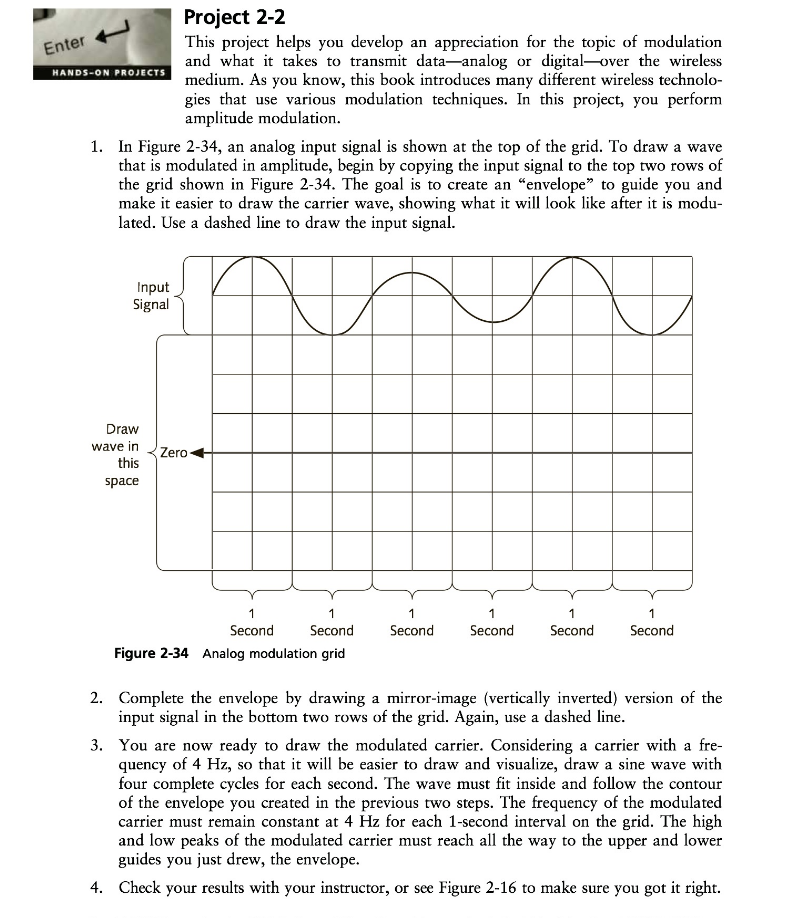Question
A small social network contains three people who are network friends with six other people in the network, one person who is network friend with
A small social network contains three people who are network friends with six other people in the network, one person who is network friend with five other people in the network, and five people who are network friends with four other people in the network. The rest are network friends with three other people in the network. The network contains 41 pairs of network friends.
A: How many people are network friends with three other people in the network?
B: How many people are in the network?A small social network contains five people who are network friends with six other people in the network, one person who is network friends with five other people in the network, and six people who are network friends with four other people in the network. The rest are network friends with three other people in the network. The network contains 46 pairs of network friends. (a) How many people are network friends with three other people in the network? (b) How many people are in the network?A small social network contains five people who are network friends with six other people in the network, one person who is network friends with five other people in the network, and six people who are network friends with four other people in the network. The rest are network friends with three other people in the network. The network contains 46 pairs of network friends. (a) How many people are network friends with three other people in the network? (b) How many people are in the network?

Enter HANDS-ON PROJECTS 1. In Figure 2-34, an analog input signal is shown at the top of the grid. To draw a wave that is modulated in amplitude, begin by copying the input signal to the top two rows of the grid shown in Figure 2-34. The goal is to create an "envelope" to guide you and make it easier to draw the carrier wave, showing what it will look like after it is modu- lated. Use a dashed line to draw the input signal. Input Signal Project 2-2 This project helps you develop an appreciation for the topic of modulation and what it takes to transmit data-analog or digital-over the wireless medium. As you know, this book introduces many different wireless technolo- gies that use various modulation techniques. In this project, you perform amplitude modulation. Draw wave in this space Zero 1 Second Figure 2-34 Analog modulation grid 1 Second 1 Second 1 Second 1 Second 1 Second 2. Complete the envelope by drawing a mirror-image (vertically inverted) version of the input signal in the bottom two rows of the grid. Again, use a dashed line. 3. You are now ready to draw the modulated carrier. Considering a carrier with a fre- quency of 4 Hz, so that it will be easier to draw and visualize, draw a sine wave with four complete cycles for each second. The wave must fit inside and follow the contour of the envelope you created in the previous two steps. The frequency of the modulated carrier must remain constant at 4 Hz for each 1-second interval on the grid. The high and low peaks of the modulated carrier must reach all the way to the upper and lower guides you just drew, the envelope. 4. Check your results with your instructor, or see Figure 2-16 to make sure you got it right.
Step by Step Solution
There are 3 Steps involved in it
Step: 1

Get Instant Access to Expert-Tailored Solutions
See step-by-step solutions with expert insights and AI powered tools for academic success
Step: 2

Step: 3

Ace Your Homework with AI
Get the answers you need in no time with our AI-driven, step-by-step assistance
Get Started


